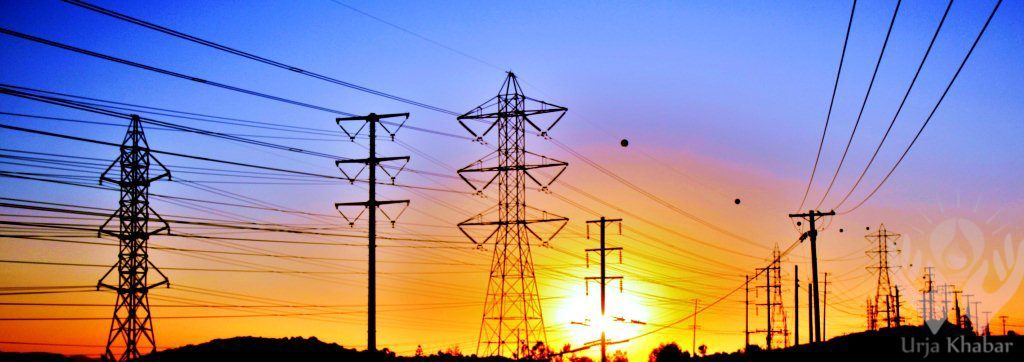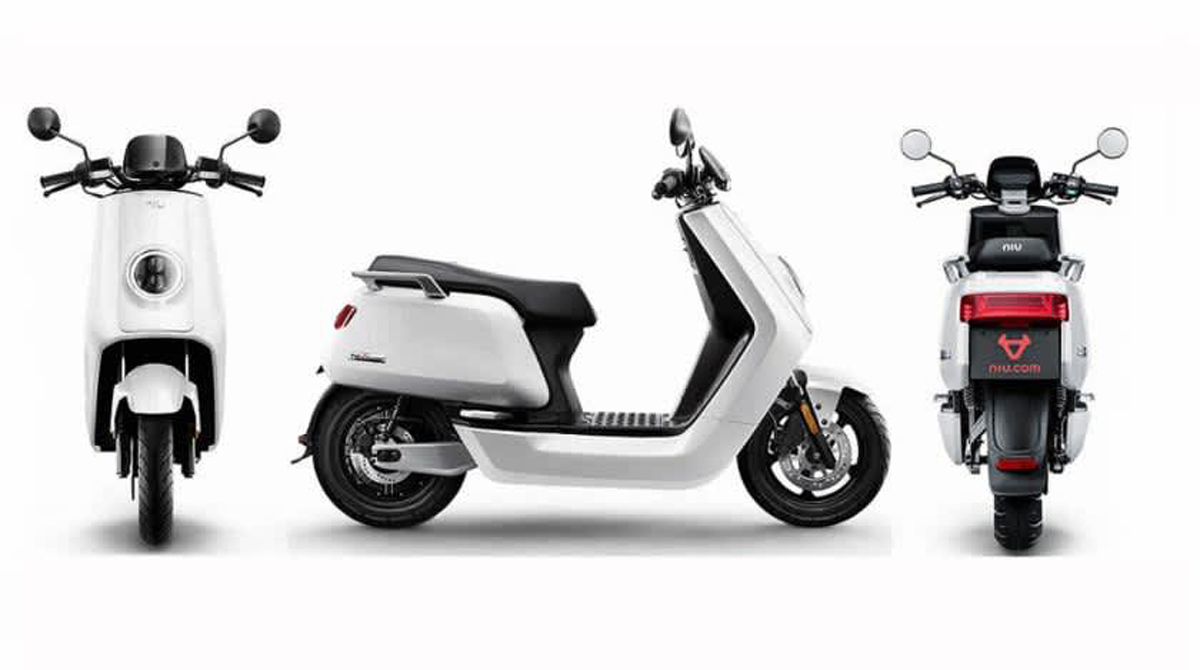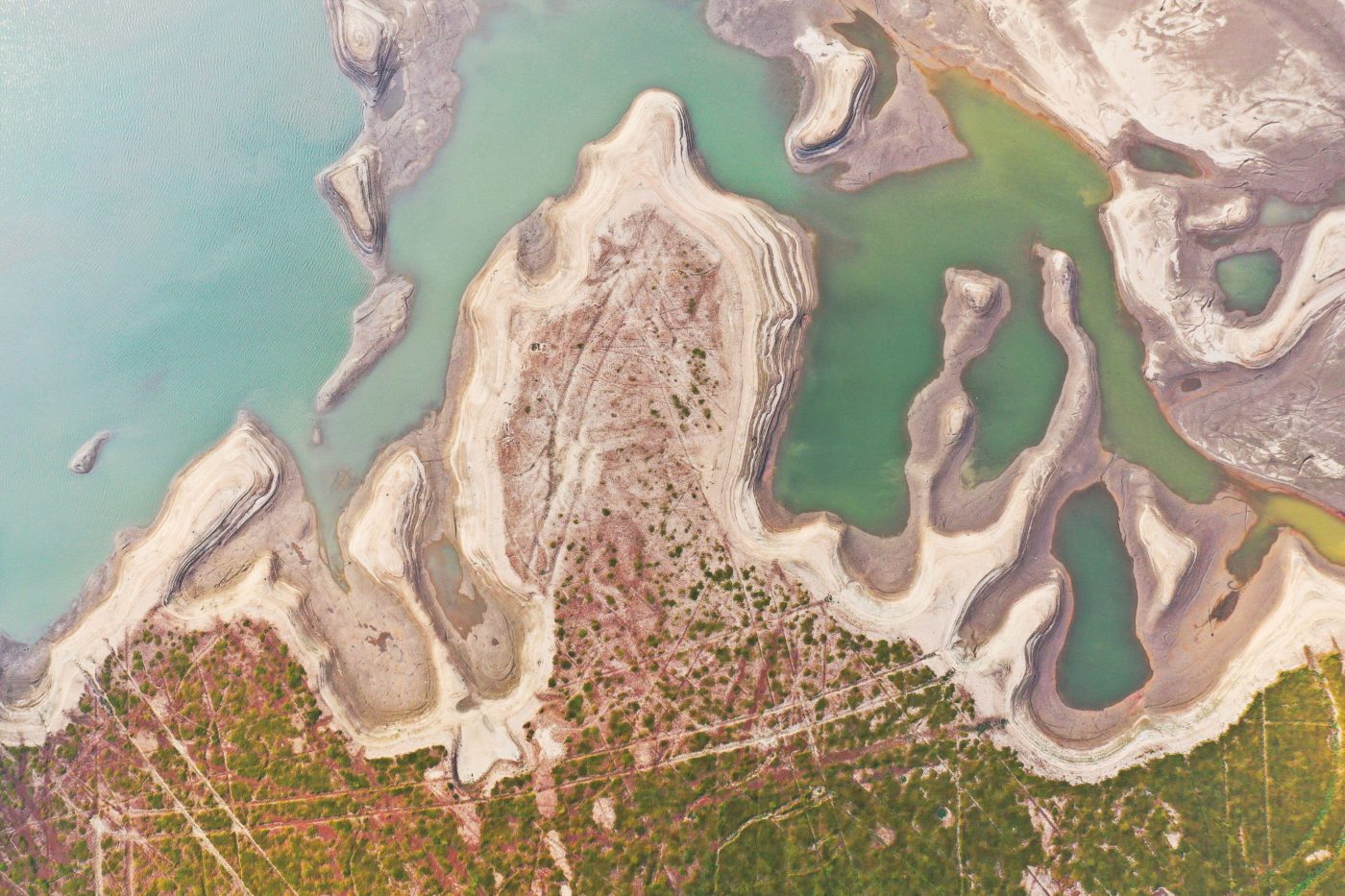Energy Update
South Asia needs integrated grid for cost-reduction in transmissions: Indian Foreign Secretary

South Asia needs ‘integrated grid’ for achieving cost-reduction in transmissions, harnessing potential for power trade by bringing together buyers and sellers, harmonising regulatory framework, and to promote regional economic development, said Foreign Secretary Harsh Vardhan Shringla while inaugurating the South Asia Group on Energy (SAGE) at Research and Information System for Developing Countries (RIS), an autonomous policy research institution based in New Delhi.
Shringla highlighted various initiatives undertaken by government as part of India’s ‘Neighbourhood First’ policy including gas pipelines and cross border interconnections with countries like Bangladesh, Bhutan and Nepal.
Noting the vast potential for regional energy cooperation, Shringla identified the need to harness regional energy sources, and to attract investments in regional electricity infrastructure development. He called for furthering engagement and identifying possibilities especially in the clean energy sources which will enable the region to collectively bring down carbon emissions.
He also emphasised that policy recommendations by SAGE members can be ‘game-changer’ in addressing gaps in regulatory frameworks and guidelines in the region.
The key terms of reference for SAGE include identification of infrastructural constraints in power transmission connectivity and suggesting an appropriate strategy to address these constraints. The panel will also identify potentials in energy trade and investment and suggest measures to address gaps in regulatory policies in the sector across the region.
Moreover, it will identify regional solutions to technology in the power sector, both in generation and transmission of power, and suggest financing options of the regional project as well as a source of funding for this initiative. In addition, it will suggest an institutional framework for planning and monitoring of project implementation and propose possible areas of cooperation between regional economies.
At present, approximately 3,000 MW of electricity is being traded among four countries in the region namely, India, Nepal, Bhutan and Bangladesh. India sources hydropower from Bhutan and also supplies both thermal and hydropower to Bangladesh and Nepal. Bhutan, among others, has emerged as an important exporter of its hydropower to India for the past two decades. Selling surplus hydropower (about 1400 MW) to India has proven immensely beneficial to Bhutan.

The revenues earned through power trade account for about 25 percent of its GDP and enabled it to invest in capital-intensive sectors like cement and steel, etc. Consequently, cross border energy trade is perceived to be a win-win for all the regional players which can improve overall access to electricity, optimize energy generation resources, and foster economic growth and development.
Prof Sachin Chaturvedi, Director General RIS, noted that, “energy is central to region’s economic development and we need to fashion external economic engagements towards promoting regional energy cooperation.”

Conversation
- Info. Dept. Reg. No. : 254/073/74
- Telephone : +977-1-5321303
- Email : [email protected]













